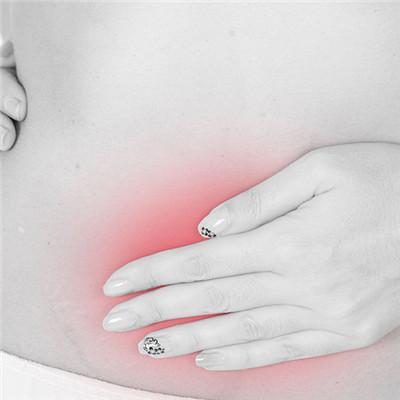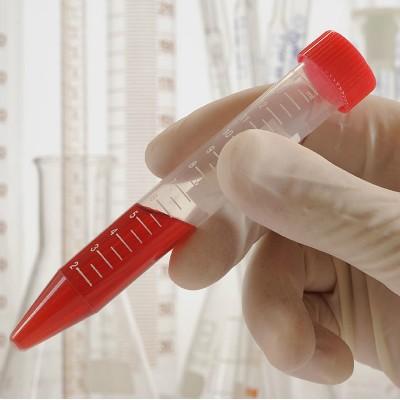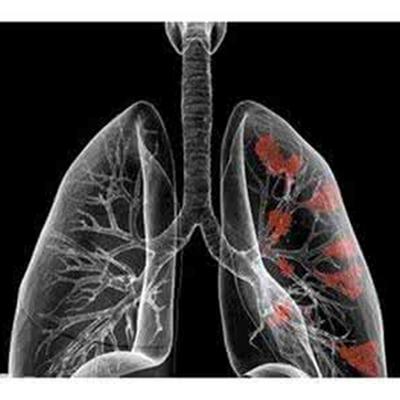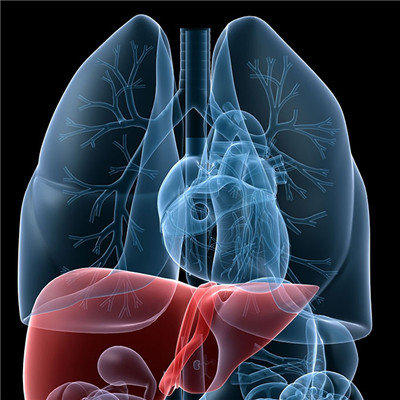Which organ is abdominal injury common?
summary
In ancient wars, weapons were mostly spears and swords with strong penetrating power, especially for abdominal injuries. Many people died of abdominal organ bleeding or infection. Nowadays, abdominal injury is still one of the common emergencies in surgery. There are many causes of abdominal injury in life, such as falling from height, bullets, impact and so on. Many people are not cured for a long time, not because they can't be cured, but because they don't understand. Let's introduce which organ is common in lower abdominal injury?.
Which organ is abdominal injury common?
First, abdominal injury is divided into open injury and closed injury. In the open injury, the damaged organs are liver, small intestine, stomach, colon, large blood vessels, etc. in the closed injury, the damaged organs are spleen, kidney, small intestine, liver, mesentery, etc. This is a key point in our learning of this part. We need to focus on memory. Generally, it will appear in the single choice questions, and other options will disturb the order for candidates to choose.

Second: first of all, let's take a look at the parenchymal organ injury. The abdominal parenchymal organ injury includes liver, spleen, kidney, pancreas, etc. there are abundant blood vessels around these organs. Once the injury occurs, there will be the performance of blood loss, mainly intra-abdominal bleeding. The patient's face is pale, pulse is increased, and even hemorrhagic shock occurs. The injury will also have abdominal pain, but generally not very obvious.

Third, we will compare and learn the damage of hollow organs. The hollow organs in the abdomen mainly include gastrointestinal tract, bile duct, bladder, etc. the main manifestations of such organ damage are diffuse peritonitis, nausea, vomiting, rapid pulse rate, shortness of breath, and even septic shock due to aggravation of infection, Secondly, there will be severe abdominal pain and typical peritoneal irritation. What are the performances of the two classifications? The second key point for examinees to remember is mainly for the diagnosis of case analysis questions.

matters needing attention
In order to diagnose the disease, we have two important auxiliary examinations in clinic. B-ultrasound examination is mainly used to diagnose the injury of solid organs. For hollow organs, X-ray examination is the first choice, mainly for the diagnosis of gastrointestinal tract rupture with abdominal free gas. This is the third in the key, often test in multiple choice questions.
















